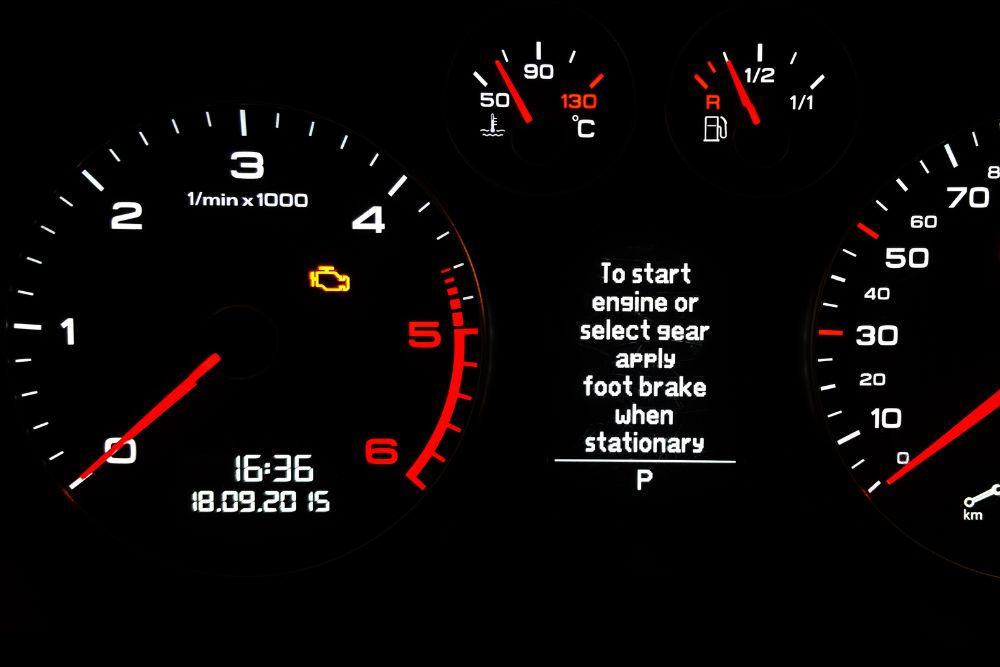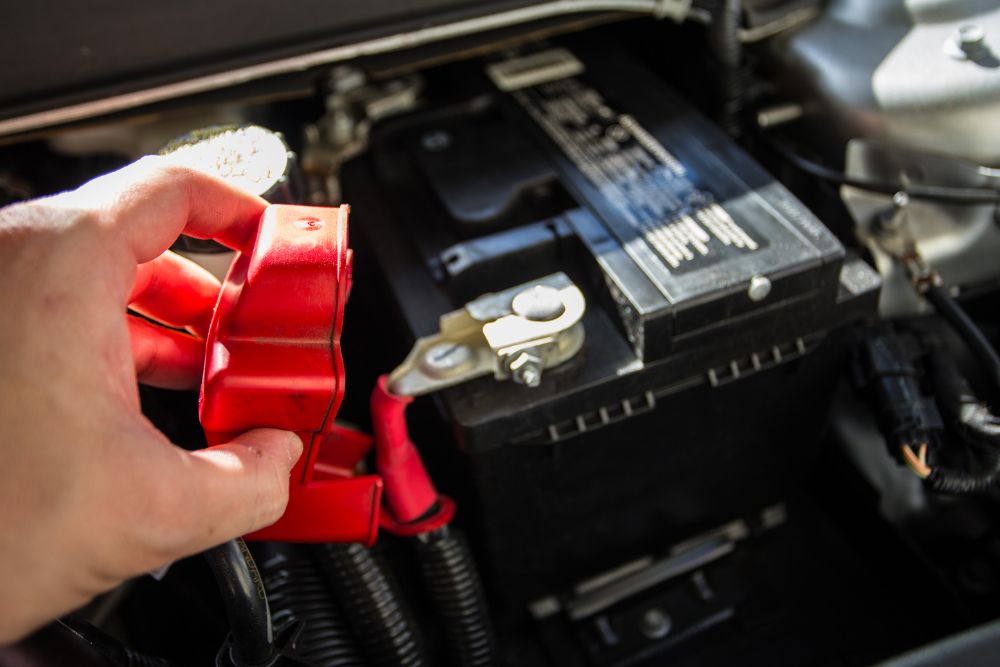The oxygen sensor was introduced in vehicles built after 1980. This sensor’s primary role is to ensure your vehicle isn’t producing harmful emissions. The air/fuel mixture in your combustion chamber has to be just right in order for the engine to perform at peak efficiency. A bad oxygen sensor can affect that engine performance and the emissions your vehicle releases into the environment. Stringer Auto Repair can replace your oxygen sensor if it’s bad. Here are four signs that it is.
Check Engine Warning
The check engine warning light on your dashboard works as a catch-all for automotive systems that do not have their own warning lights, such as your vehicle’s emissions system. Because the oxygen sensor is part of the emissions system, the check engine light will glow if there is something wrong with the sensor, especially if the air/fuel mixture is too rich or too lean.
Your Gas Mileage Has Tanked
If you take care of your car, truck, or S/CUV, you should get about the same gas mileage between each fill-up. If your gas mileage suddenly tanks, the oxygen sensor might not be measuring the air in the air/fuel mixture properly. This can affect your automobile’s gas mileage because the engine works harder when the mixture is lean and burns the gas when it’s rich.
Your Engine Idle Is Rough
The air/fuel mixture also affects how smoothly your vehicle’s engine idles. If the mixture is lean, i.e. too much air and not enough gas, it will idle roughly because it’s being fuel-starved. In fact, if the mixture is super-lean, your vehicle may stall when you try to go after a red light has turned green. It might also accelerate slowly and kick as it accelerates, indicating that it’s not getting enough gas.
Emissions Test Failure
If your automobile does not pass its emissions test, it could be because the oxygen sensor is not measuring the oxygen levels properly or it has died completely. Oxygen is released through your vehicle’s tailpipe and if the oxygen level doesn’t fit within the required emissions range, the vehicle will not be able to pass the emissions test.
We have a bonus indicator and that is your vehicle’s age. The older your car is and the more mileage it has on it, the more chances the oxygen sensor is failing or starting to fail. Oxygen sensors can last longer than 90,000 miles, but that is the mileage cap for replacement in new vehicles. If your vehicle is older than 15 years old, the sensor’s cap is 60,000 miles. Stop by Stringer Auto Repair in Johnstown, OH, or call us at and we’ll test your oxygen sensor.



